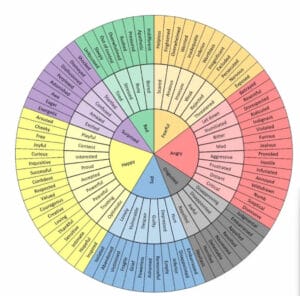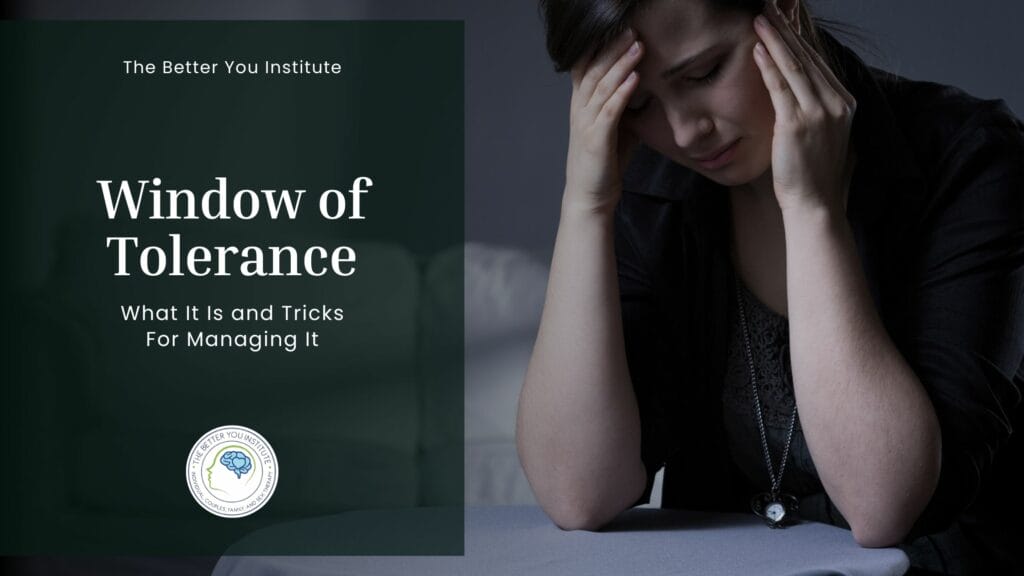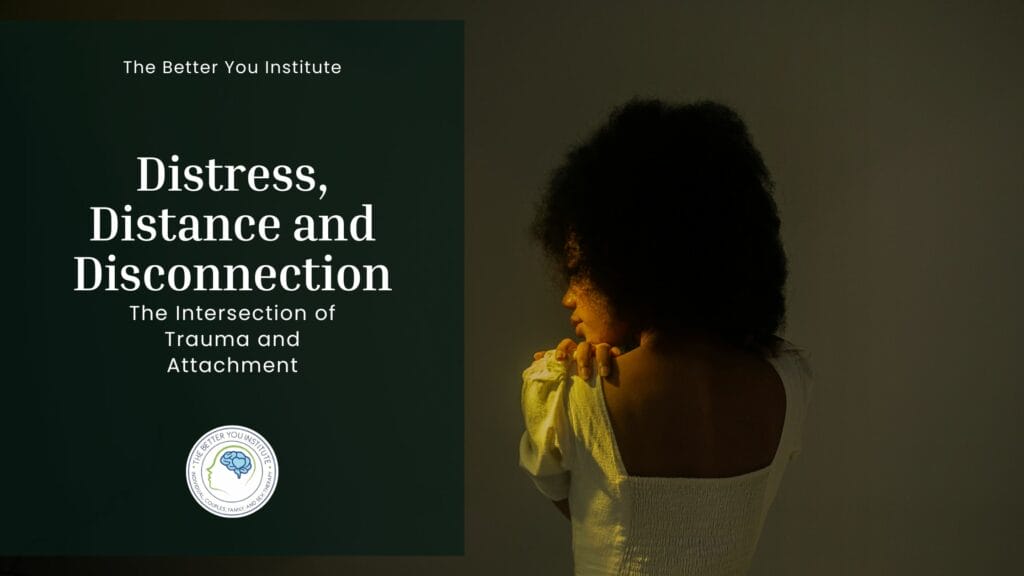How do I stop the Anxiety?
A question that impacted your choice to read this article as well as your consideration of therapy. First, you are not alone, and your concerns are not lost on this writer. The harrowing impact of unsoothed anxiety can wreak havoc not just on your nervous system but on your life. Next, let me express that ultimately it is my hope to help and support someone through this journey of unraveling their relationship with anxiety and in so doing, give them fundamental tools to create a more comfortable existence. So, going back to that big question that brought you here… How do I stop the Anxiety? Let me, right off the bat, shatter this expectation. While ripping this band-aid might seem intentionally cruel, let me continue to say that our journey together is not going to be about eradicating anxiety, it is instead going to be about understanding and coping with anxiety.
While it might be tempting to click out of this article at this point, I hope that you will give me a chance to conceptualize my reasoning behind this action. Firstly, it is important to know that our anxiety at its core serves a primary function, so it’s not really something you want to get rid of completely. Understanding this function will be crucial in later work. Secondly, it is impossible to stop anxiety completely. We are not in control of our emotions, only our responses to them. Yes, I know there are medications that can give you some temporary relief, which many of you might even be using now. At times these medications can have a place in the treatment of anxiety, but as their effects are temporary and require continued medication increases, I think it best to look to long-term support. While I understand what I am writing is frustrating to read, I am not saying that you cannot get to a place where you enjoy some much-needed relief from these anxious experiences. If I still have your attention, let me give you a breakdown of how this treatment provider works with clients to help them regain control and confidence over their anxious experiences.
Table of Contents
What are the Symptoms of Anxiety?
While my previous metaphors may have illustrated some of various symptoms of anxiety let us still take a moment to highlight them more specifically. Symptoms of anxiety can be seen as:
- Restlessness
- Accelerated breathing
- Fast or irregular heartbeats
- Sweating
- Sleep problems
- Feeling lightheaded or dizzy
- Stomach or intestinal distress
- Headaches
- General aches or pains
- Nausea
- Panic attacks
While this list is certainly not exhaustive it does paint a general picture of the common symptoms of anxiety. Now that we have this understanding let us also discuss a scale of how anxiety can present
What are the levels of anxiety?
Before we dive into a discussion about the conceptualization of anxiety and that impact to treatment let us first discuss a scale of how anxiety can present. Anxiety can have the corresponding labeling system of Mild, Moderate, Severe, and Panic Attack level. At a quick glance let us define what these levels look like:
- Mild: This would be seen as sub-clinical or quote on quote “normal.” As each of us at some time and place will experience anxiety in various situations. At this level the individual will likely feel like they have some degree of control. Also at this stage we are not seeing any or significant changes in daily functioning.
- Moderate: At this level we are experiencing more frequent and persistent symptoms as well a lack of control over them. At this level the individual will likely feel these symptoms the majority of days throughout a week.
- Severe: At this level we are seeing the intense debilitating aspects of anxiety. Symptom presentation is frequent and persistent, and it causes significant impact to daily functioning, such as trouble at work/school, being socially withdrawn, or difficulties completing basic tasks of daily living. Individuals here will be more likely to seek medical support. They are also at an increased risk of using alcohol or drugs to help manage the symptoms.
- Panic: This level is used to describe a subsequence aspect of anxiety in which an individual experiences frequent and recurring panic attacks. A panic attack usually last around 10 minutes and has symptoms that include but are not limited to:
-
- Rapid onset of extreme fear
- Heart palpitations
- Rapid breathing
- Nausea or Dizziness
- Fear of Death
Having an understanding of both the symptoms as well as the scaling levels of anxiety let’s now conceptualize anxiety and see how this impacts treatment. As we dive into this further, I want you to picture the process of understanding and coping with anxiety as something similar to building a house. The first step is going to be laying the foundation. Without this step, the house will be unstable and can be blown down at the first sign of resistance. While I am sure it is easier and quicker to build a house without this step, I always want my clients to develop skills that will serve them for a lifetime, not just for a moment. As we pour the metaphoric cement of our foundation, it will be laced with two key concepts. First, anxiety has a purpose, and second, anxiety has roots.
Anxiety has a purpose
As counterintuitive as it may sound, this statement is fundamentally true. Let me explain: some emotions vs. others often are labeled as bad or good. Good emotions: love, joy, pride, etc. Bad emotions: fear, anger, shame, etc. What I want to help clients understand is that all emotions have a purpose, and while some are more uncomfortable than others, this does not make them bad. It may be helpful to take emotions out of this dichotomy that is bad and good and, instead, look at them as a continuum. Anxiety follows this same rule. Using the feelings wheel below to help guide us, we can see that emotions can be either branched out to their complex specifics or boiled down to more core expressions.

taken from https://medium.com/age-of-awareness/how-to-use-wheel-of-emotions-to-express-better-emotions-8037255aa661
As we can see from the image, Anxiety’s more central emotion is fear. So, the purpose of anxiety will be wrapped up in the purpose of our fear. Fear, as I previously mentioned, is one of those more discomforting emotions, so it too can get a bad rap. However, having and expressing fear is a key aspect of our survival. Without it, we would not be able to perceive danger and then find motivation to take adaptive action, usually in the form of either confrontation or fleeing, depending on the situation. *Think: knowing to run when you see a saber toothed tiger or feeling at ease when you see a loved one.*
What is continuously being researched by scientists is a more thorough breakdown between fear and anxiety. Some researchers suggest anxiety and fear can be seen as synonymous with each other. Contrarily, others argue that fear comes into play when the situation is imminently dangerous, while anxiety is based on a lack of control over future danger or discomfort. A simplified equation can be seen as thus:
Discomforting stimulus happens –> Fear develops –> Fear is processed and reacted to –> Initial fear dissipates –> Anxiety develops to protect against future discomforting stimulus.
When we understand this equation, we can see that anxiety attempts to warn us of possible future concerns. Almost like our brain saying to the world, “Fool me once, shame on you, fool me twice, shame on me.” Now that we have examined that the purpose of anxiety is to protect us from future perceived harm, this segues us nicely to our other foundational point: Anxiety has roots.
Anxiety has roots
Being able to parse out roots while in an anxious state can be extremely difficult. Now I know what some of you might be thinking, “my anxiety sometimes just feels like it is coming out of nowhere, like everything will be fine, and then suddenly I’m in full panic mode!” Thinking like this is very normal at first. It can be hard to be reflective when we are in that anxious state. With support and practice this process of tracing roots can be more easily done. When reflecting on the equation above, it might seem easy for some of you to reflect on moments in your life when you felt such extreme emotional discomfort. Some roots are often clear and usually given a label of trauma.
Trauma as a Root
Traumas can be fit into labels of physical, emotional, sexual, and neglect. They can be ongoing or be rooted in a single incident. These types of traumas are often given the label of Big T traumas and are things like rape, food insecurity, being repeatedly belittled, or being physically attacked by another. Some of you might be sitting there and saying, “I have no specific Big T traumas, but I still have a lot of anxiety, so what does that mean?” That brings me to a concept called Little T trauma. These are things that invoke a level of stress but do not necessarily threaten safety at the same level as the Big T traumas. These can take many forms, and all people at some point have several examples of Little T traumas in their lives. Things like losing a pet, getting fired, maybe a break-up with a romantic partner, or a fight with your best friend. The list is endless and ultimately unique to each person. The combination of a lifetime of all of our big and little t traumas creates plenty of roots to our anxieties.
Coping Strategies for Anxiety
Using this fundamental knowledge listed above we can begin to discuss how we use this to cope with anxiety. As mentioned anxiety’s proactive nature hopes to foster aspects of control. It looks to create the perfect external situation so that we never feel triggered by things that have hurt us in the past. Triggers can be defined as stressors that invoke a discomforting stimulus-response. The idea being, “if I control for the discomforting stimulus, I will be able to keep it from happening.” Often those with high levels of anxiety try to control their triggers, however, this is very literally like walking on eggshells in your own life. While it is fundamentally thoughtful of anxiety to try and protect us in this manner, it can be problematic when it tries to influence things that we simply don’t have agency over. When we work on developing coping skills to comfort our anxieties it is important to understand just soothing the external trigger is limiting. Ideally we always want to work towards soothing the root as much as possible as this will ultimately result in the most overall relief.
Let me try and explain this through an example:
Let’s say you feel anxious at school every time you are called on to answer a question. When you do get called on, you feel so nervous that it makes it hard for you to express yourself in the ways you would hope to do. Sometimes, this anxiety is so bad that you don’t go to class. It makes it hard for you to focus and understand your work properly because you are so wrapped up with anxiety. So, you hope to work on the external aspects of this anxiety. To change the environment, you might try to appear disinterested or sit way in the back to try and not get called on. You might even go as far as to ask for support from the teacher. All of this support is handling the trigger, but what is important is to understand the root cause. This can be a bit more challenging, it’s about helping yourself identify the aspects of your past that are suggesting to you that this specific social situation is a threat.
The roots of your anxiety in this example can be as broad as a Little t trauma of feeling consistent pressure in childhood to never make a mistake to a more isolated incident in which you were ridiculed by a teacher/friend/or other important figures. Getting deeper and deeper into the previously felt emotional distress and understanding how that is propelling the anxiety into existence is crucial. With that understanding of yourself we can then apply the reassurance you need to help yourself see this situation in a new way. The new way being that even though the situation feels familiar to the past dynamic, it is not in actuality similar.
Final Thoughts
After all this abstract psychoeducation, some of you are likely still skeptical of this approach. You may be asking yourself, “what does this mean for treatment?” Thinking back, though, to our hope to make a strong foundation, all this conceptualization is to simply plant seeds of using this approach in session. Ideally I would help you trace down the roots of past pain and help you experience and heal those pains. This tracing process would give you insights to your anxiety and ultimately establish compassion for your protective processes and see them in a much less threatening light. It is completely normal and acceptable if some part of you is cynical and unwilling to put all your chips into this conceptualization and treatment method. That’s totally okay! In treating any type of mental health concern, the most important aspect is the rapport built between the client and counselor. Why am I saying this? I want to convey that it will be my job to help you establish trust in this process and develop a plan you feel you can rely on. After all, I am not an expert on you. If this approach is something that you feel is something that you would like to understand better, feel free to reach out and schedule today.







